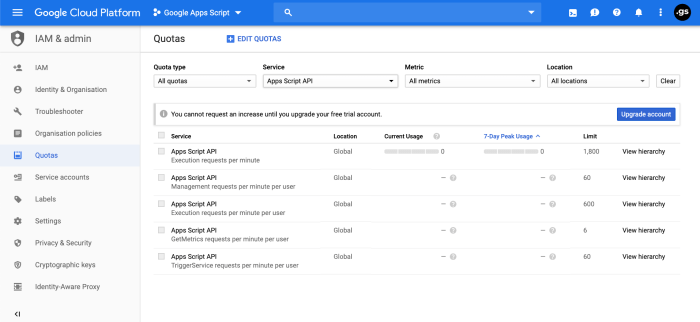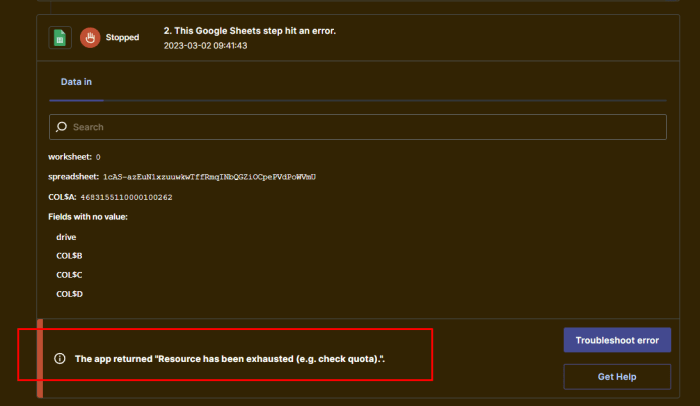How to create an internet service provider company – Embark on a journey to establish your own internet service provider company with this comprehensive guide. Delving into the intricacies of market research, network infrastructure, and customer support, we provide a roadmap for success in the ever-evolving ISP industry.
From understanding customer needs to navigating regulatory compliance, we equip you with the knowledge and strategies to build a thriving business that connects communities to the digital world.
Target Audience Identification

Defining your target market is crucial for the success of your ISP. It allows you to tailor your services and marketing efforts to the specific needs and demographics of your potential customers.
Conducting thorough market research is essential to understanding your target audience. This research should include gathering data on demographics, geographic location, income levels, internet usage habits, and the specific needs and pain points of potential customers.
Market Segmentation
Once you have gathered data on your target market, you can segment it into smaller groups based on shared characteristics. This segmentation will help you develop targeted marketing campaigns and service offerings that resonate with each group.
As you navigate the intricacies of establishing an internet service provider company, it’s crucial to delve into the complexities of ERP and CRM systems. A comprehensive guide like ERP vs. CRM: A Comprehensive Guide to Unraveling the Key Differences can provide invaluable insights into selecting the right software for your business.
By understanding the nuances of each system, you can streamline operations, enhance customer relationships, and drive the success of your internet service provider company.
- Geographic segmentation: Dividing your target market based on geographic location, such as cities, regions, or countries.
- Demographic segmentation: Segmenting your target market based on factors such as age, gender, income, education, and family size.
- Psychographic segmentation: Segmenting your target market based on personality traits, values, interests, and lifestyles.
- Behavioral segmentation: Segmenting your target market based on their internet usage habits, such as the frequency of use, the types of content they consume, and the devices they use.
Business Plan Development: How To Create An Internet Service Provider Company

Creating a comprehensive business plan is crucial for establishing a successful internet service provider (ISP) company. This plan will Artikel your company’s goals, strategies, and financial projections, serving as a roadmap for your operations.
Creating an internet service provider company requires careful planning and execution. One important aspect is understanding the technical requirements, such as network infrastructure and connectivity. For those seeking in-depth knowledge on business optimization, The Ultimate Guide to Defining ERP SAP provides valuable insights.
This guide covers the implementation, benefits, and best practices of ERP SAP, empowering businesses to enhance efficiency and productivity. By integrating these principles into your internet service provider company, you can establish a strong foundation for success.
An effective business plan typically includes the following essential components:
Executive Summary
- Provides a concise overview of the business, including its mission, goals, and key strategies.
- Summarizes the market analysis, operations plan, and financial projections.
Market Analysis
- Defines the target market, including demographics, geographic location, and internet usage patterns.
- Identifies competitors and analyzes their strengths, weaknesses, and market share.
- Assesses market trends and potential growth opportunities.
Operations Plan
- Describes the company’s infrastructure, network design, and service offerings.
- Artikels the customer service strategy, including support channels and response times.
- Identifies key performance indicators (KPIs) and establishes targets for service quality.
Financial Projections
- Estimates the startup costs, operating expenses, and revenue streams.
- Provides financial projections for the first three to five years of operation.
- Assesses the profitability and financial viability of the business.
Customer Support
Exceptional customer support is the cornerstone of a successful ISP company. Satisfied customers are more likely to remain loyal, refer your services, and provide positive feedback. Establishing effective support channels is crucial for addressing customer queries, resolving issues promptly, and maintaining customer trust.
Best practices for customer support include:
Phone Support
- Provide dedicated phone lines with short wait times.
- Hire knowledgeable and empathetic customer service representatives.
- Establish clear protocols for handling calls efficiently.
Email Support
- Set up a dedicated email address for customer support.
- Respond to emails promptly, within 24 hours or less.
- Use email templates for common queries to streamline responses.
Live Chat Support, How to create an internet service provider company
- Offer real-time support through a live chat feature on your website.
- Ensure quick response times and knowledgeable support agents.
- Use chatbots for automated assistance during off-hours.
Last Point

As you embark on this entrepreneurial endeavor, remember the importance of staying ahead of technological advancements and embracing industry best practices. With careful planning, meticulous execution, and unwavering dedication, you can establish a successful internet service provider company that empowers your customers and drives innovation in the digital landscape.
Questions and Answers
What is the first step in creating an ISP company?
Conduct thorough market research to identify your target audience and understand their needs.
What are the key components of a business plan for an ISP?
Executive summary, market analysis, operations plan, financial projections.
What factors should be considered when pricing and packaging ISP services?
Market competition, customer demand, cost of infrastructure.





